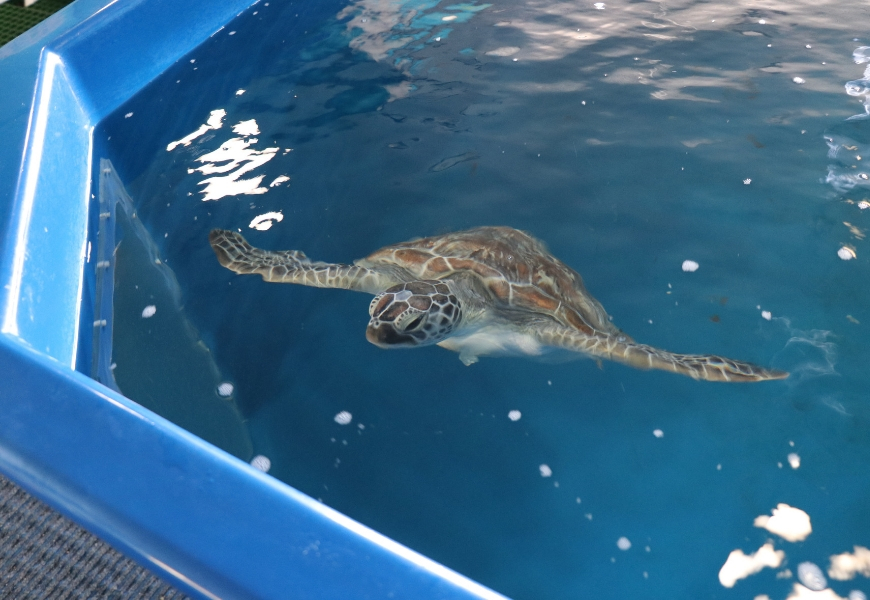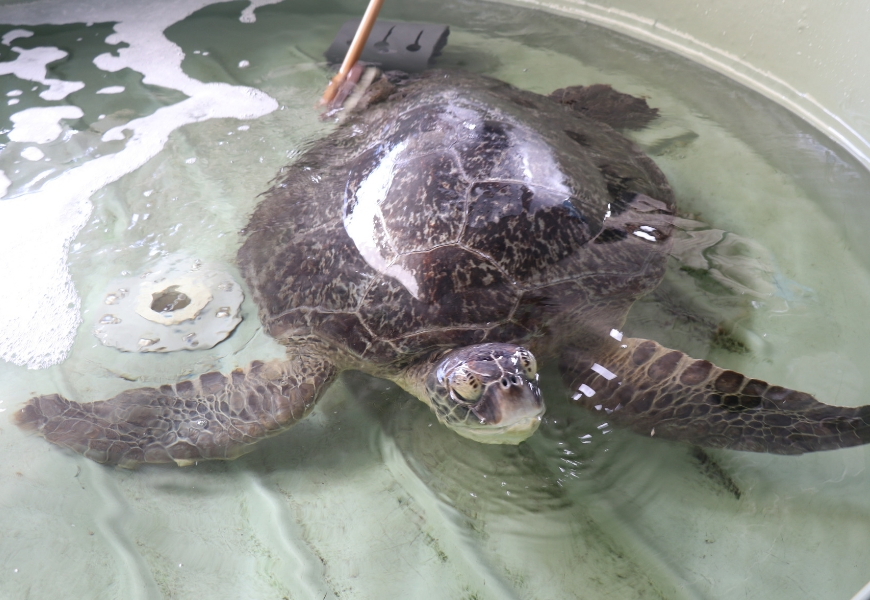Connecting for conservation: turtle power at Reef HQ
When you think about what the internet is used for, chances are the first thing to cross your mind won’t be beaming videos of sick and injured turtles to students across Australia and the world.
But that’s exactly what Reef HQ Great Barrier Reef Aquarium is doing with the help of services over the nbn™ broadband access network.
Craig McGrogan, Senior Education Officer at Reef HQ, leads the education charge at the popular Townsville tourist attraction that also houses Queensland’s only Turtle Hospital.
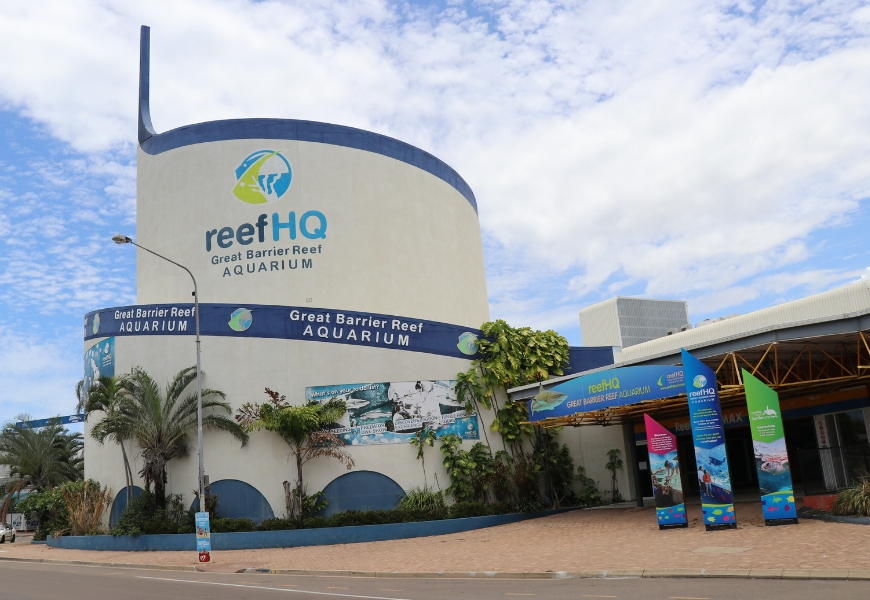
And it’s in this hospital that some of the benefits of connectivity are regularly demonstrated as students from near and far are brought (virtually) into the world of the aquarist team.
We recently visited McGrogan at Reef HQ to discover how services over the nbn™ access network are helping the world’s largest living coral reef aquarium with their conservation efforts…
Thanks for having us here at the Reef HQ Turtle Hospital – what’s it all about?
You’re also the National Education Centre for the Great Barrier Reef Marine Park Authority – can you tell us more about that?
A previous chair of the Marine Park Authority thought it would be appropriate to develop an educational centre to give anybody, regardless of their physical ability or the time available to them, [the chance] to come and have a look at aspects of life on the Great Barrier Reef.
So, it was the brainchild of Dr Graeme Kelleher, and opened back in 1987 as that opportunity for all to come and appreciate life on the Great Barrier Reef. And, more importantly, learn how precious and delicate that ecosystem is, and the ways in which we are all able to contribute to looking after it.
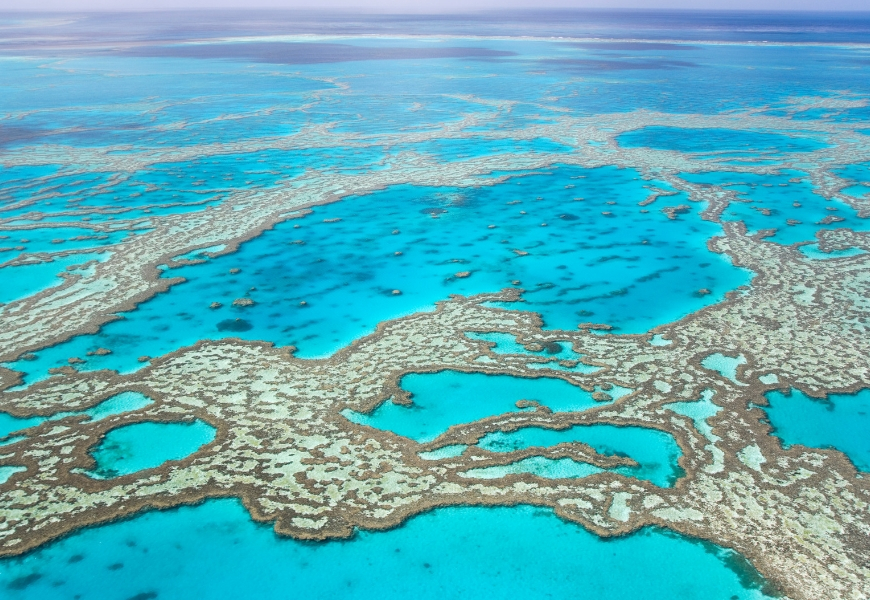
What’s your role here, and what does a typical day look like?
Can you tell us about your videoconferencing?
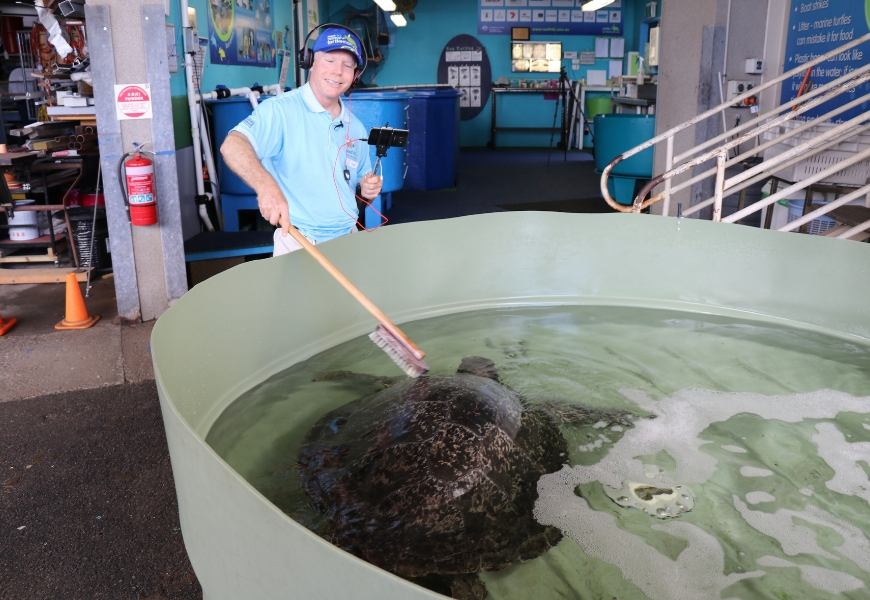
Here, McGrogan uses his videoconferencing selfie stick – and his brush on a stick – as he gives Theresa the green sea turtle a scratch:
“And despite the shell – or carapace – being a boney expanse of their skeleton, they’ve got a lot of feeling and sensation through that shell. And particularly around the bridge or the outside of the shell, we can find the ticklish spots and we can stand here for hours giving the turtle a back scratch.
"Now this is typically what they’ll do for themselves. Out in the wild, it’s not unusual to find turtles under ledges, and they’ll keep their carapace – or shell – fairly clean of any fouling marine life. They’ll actually visit what we refer to as ‘cleaning stations’, where different fish species may use their shell as a big dinner plate and graze off any algae or other marine life that has settled upon it. I don’t think she would get tired of me doing this today.”
How do you use the nbn™ access network here?
Since the nbn™ [access network] has been available in the Townsville region, our videoconferencing program has benefited immeasurably from it. We’re able to connect – from underwater even – through our reef videoconferencing program at faster transmission speeds and, thus, allow us to send better quality images and connections internationally.
As an aquarium, we get upwards of 140,000 visitors to the aquarium each year and we can overlay on top of that number thousands of visiting school-age groups and then we can increase our messaging internationally through the videoconferencing. Our outreach digital education allows us to connect with schools, whether that’s nationally around Australia or internationally, and we can send messages about the Great Barrier Reef to groups all over the planet.
How do you do your videoconferencing here at Reef HQ?
With the improvement of mobile technology, we’re able to connect through our videoconferencing system using a small mobile device, such as a phone. We can connect to a cloud-based platform – a meeting room – which participants of the videoconference can also connect to. We can have up to 50 participants located regionally, nationally or internationally – or a mix of those – connecting to the same meeting room and participating in the same event.
So, in short, I’d have my selfie stick with the mobile phone connected wirelessly to the nbn™ [access network], and we’ll have colleagues in another room, our videoconferencing suite, that are able to share content above and beyond what we can show them here. We can embellish any educational program with content sharing or green-screen technology to make it a really engaging educational experience for those participants.
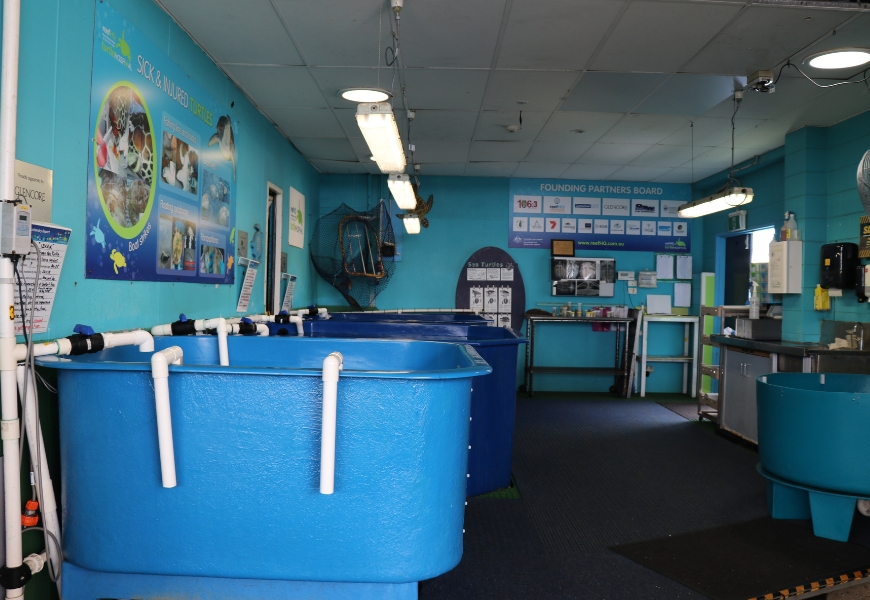
Why is it important to exist and do this work with the turtles?
What would it mean if the Turtle Hospital didn’t exist?
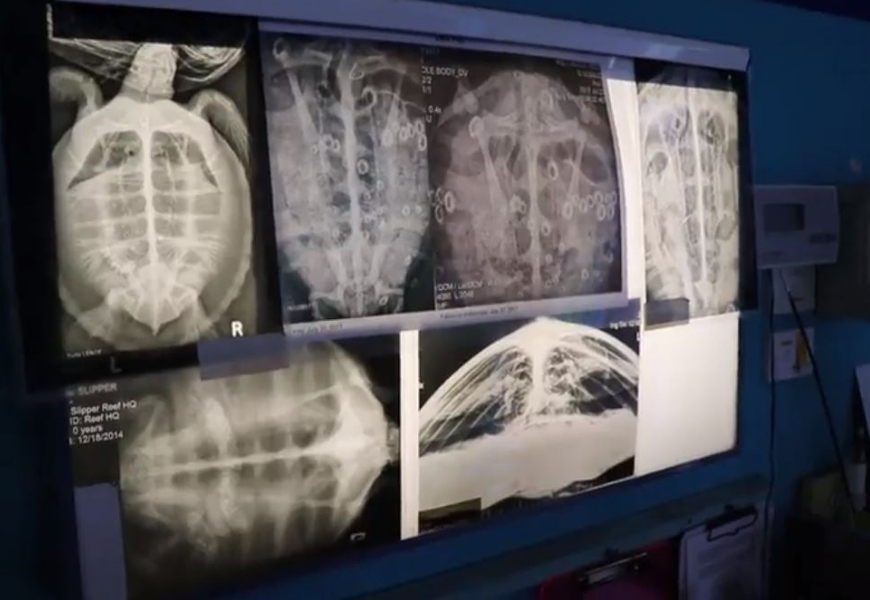
Can you tell us about the turtles you have in the region?
What does success look like for the Turtle Hospital?
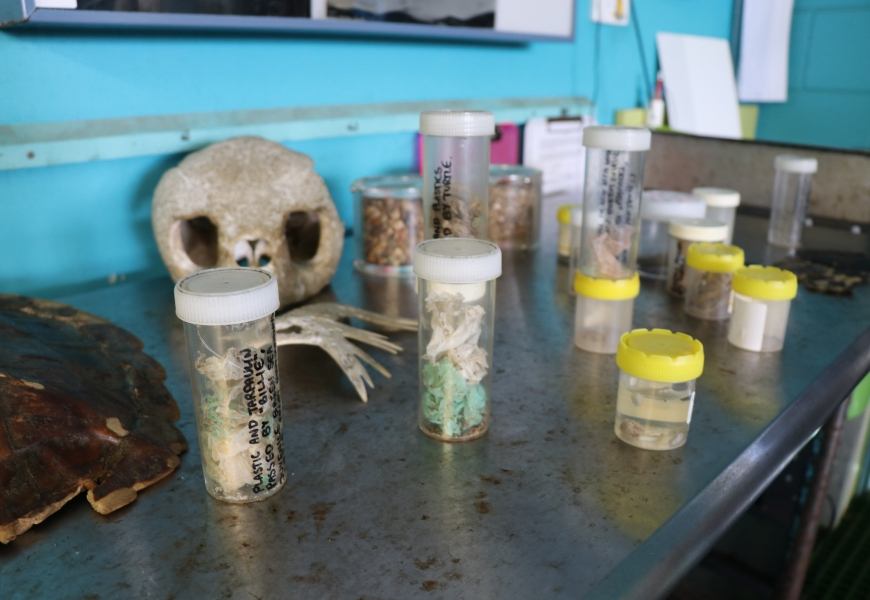
What are your plans for the future at the Turtle Hospital?
Meet the turtles
